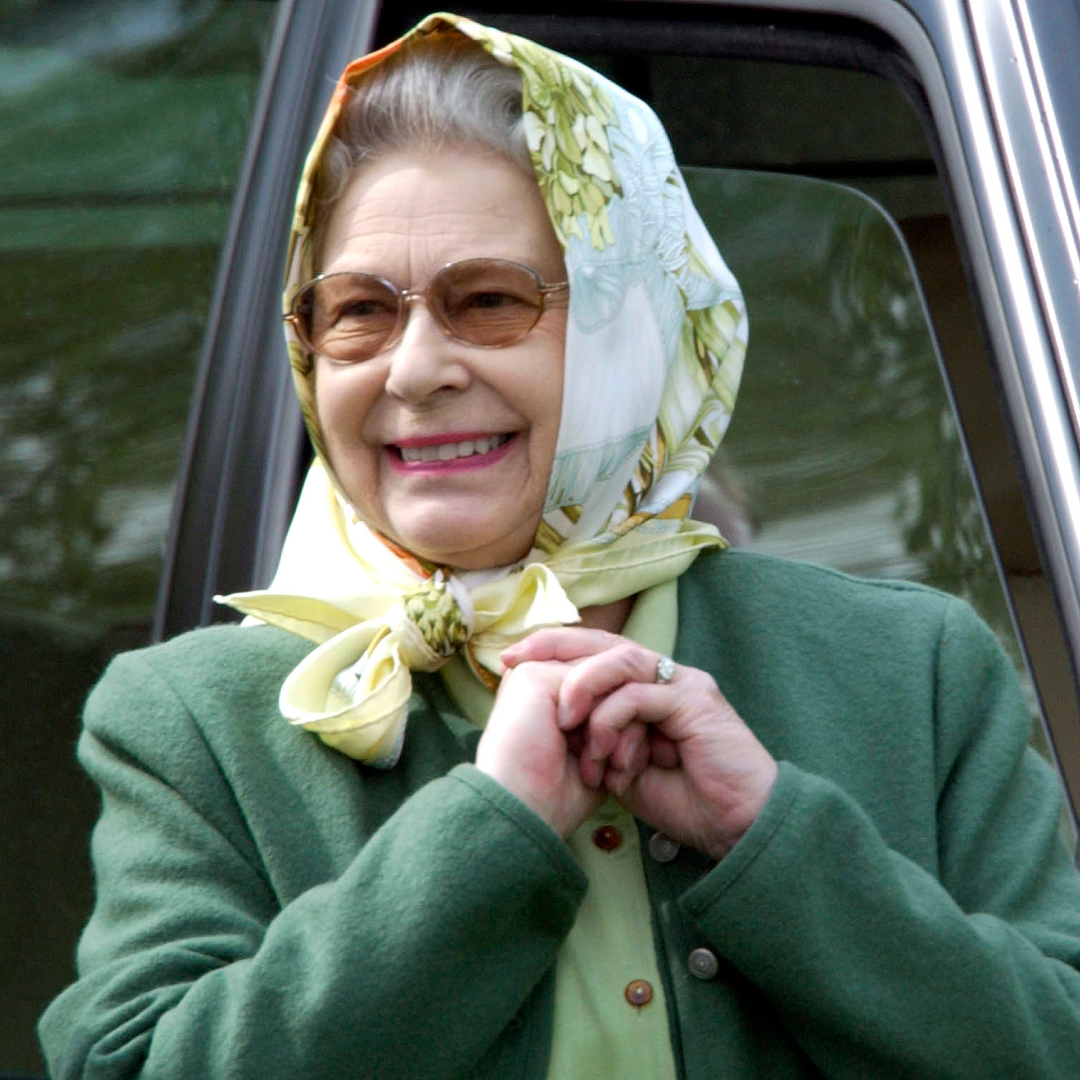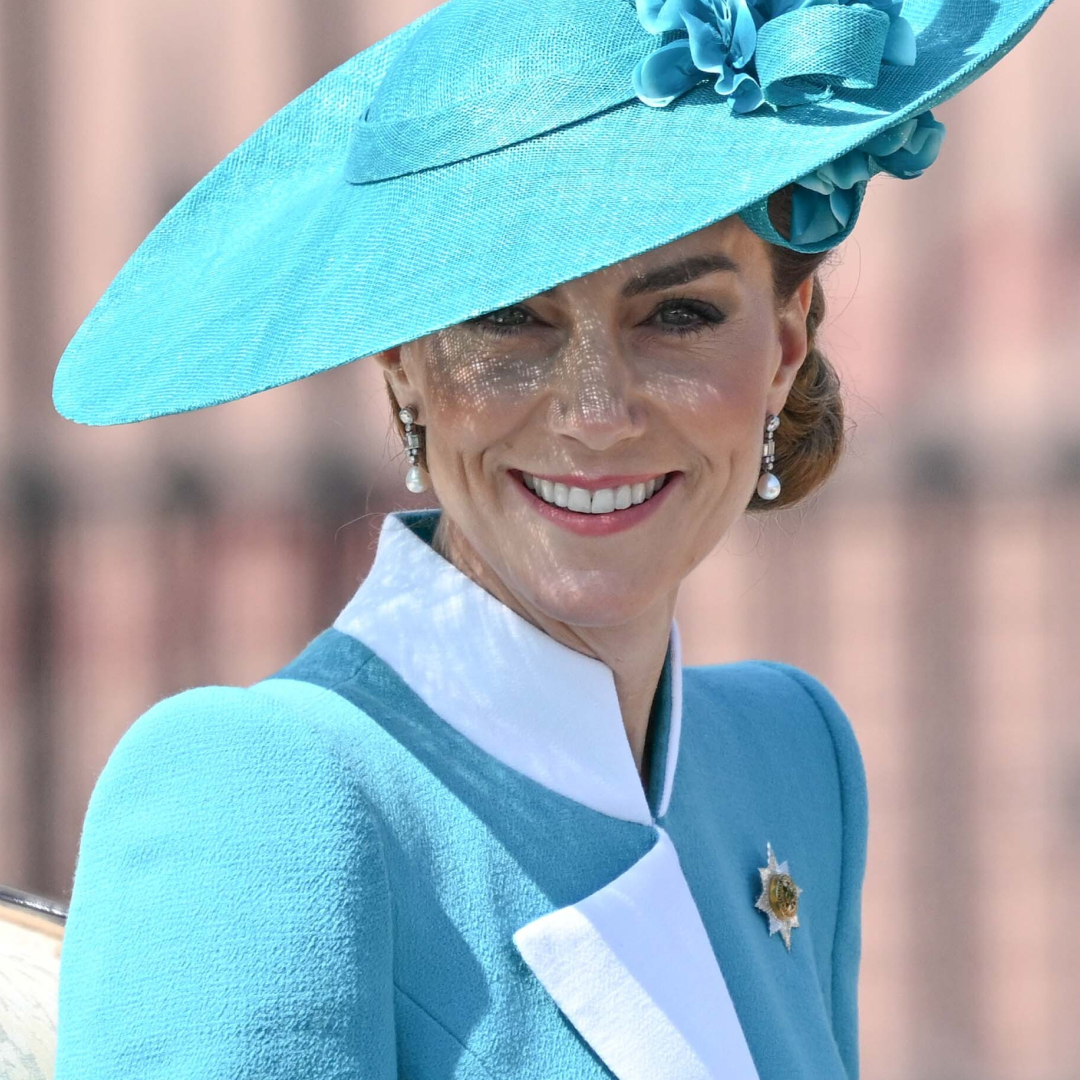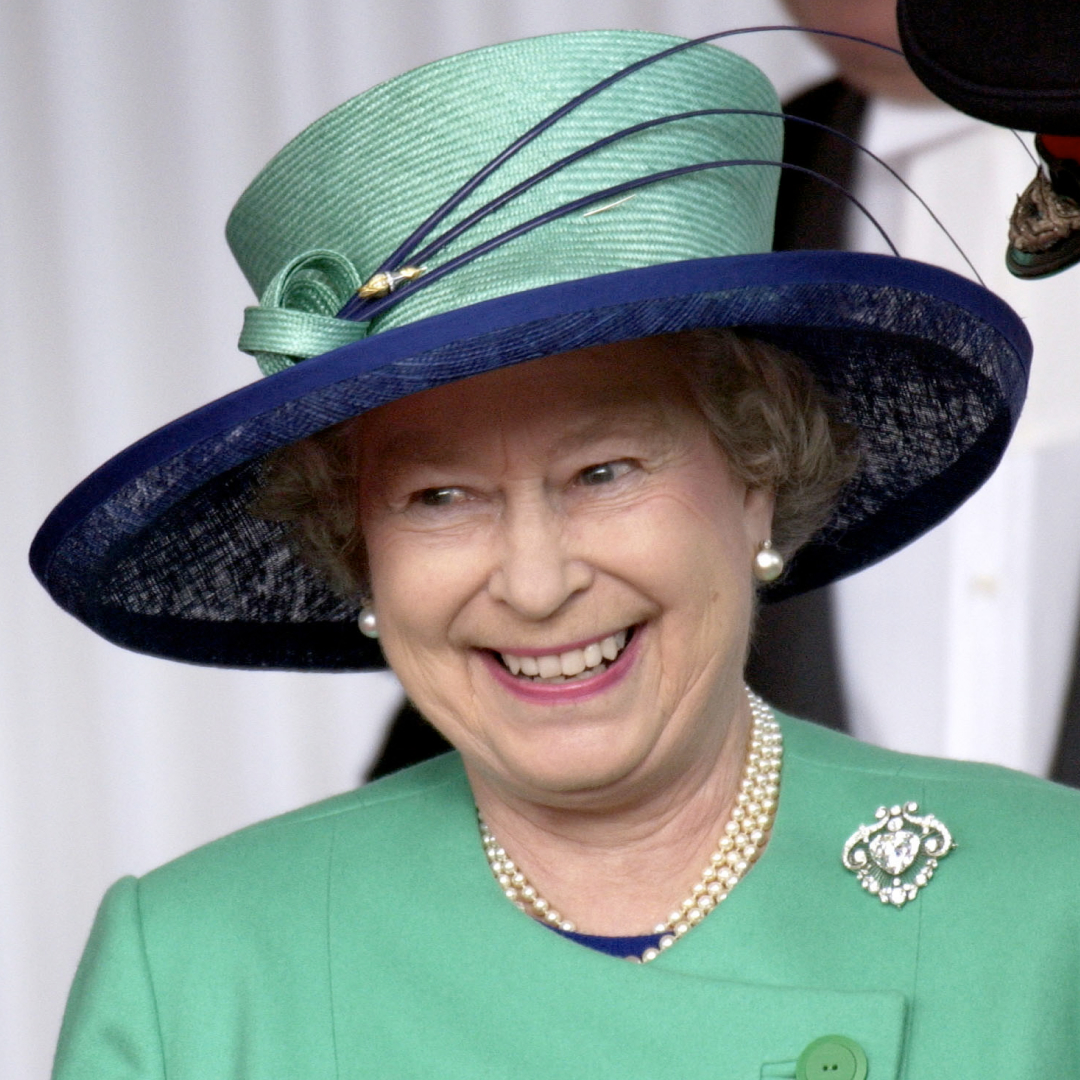Queen Elizabeth II
Discover breaking news about Queen Elizabeth II, with comment and analysis from the team at Marie Claire.
-
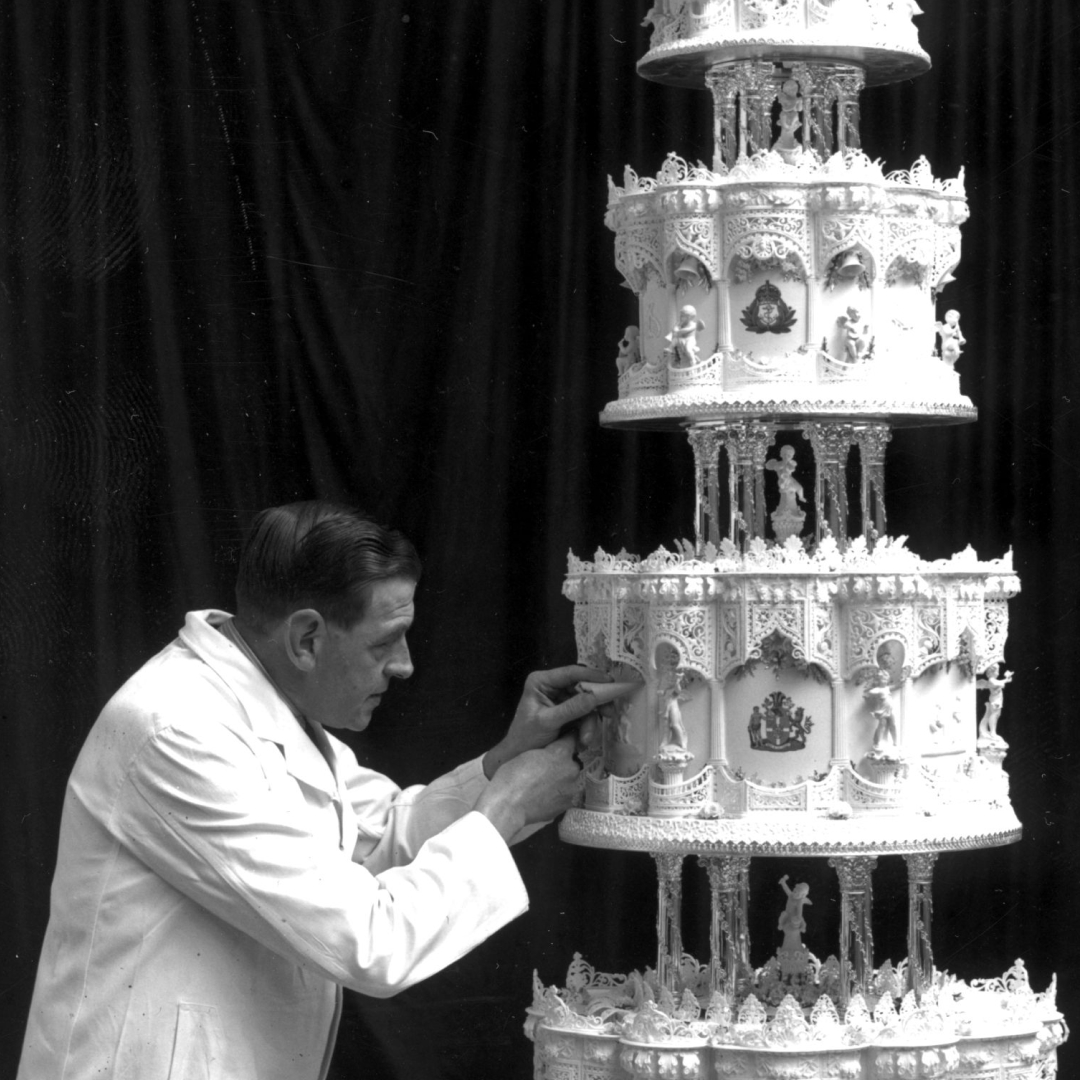
A Royal Superfan Is Planning to Eat a Slice of Queen Elizabeth’s 1947 Wedding Cake
It's...a choice.
By Kristin Contino Published
-
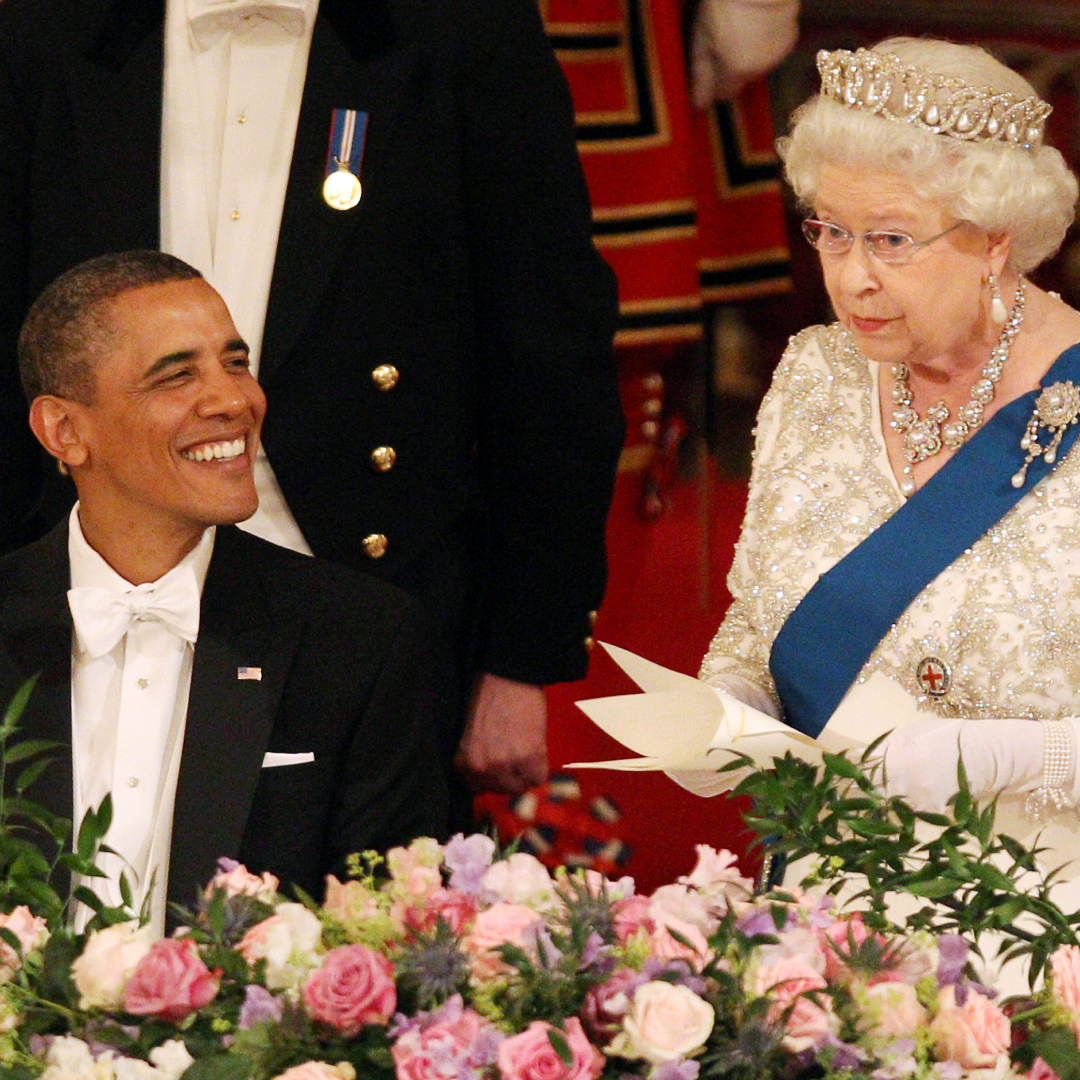
Former Royal Chef Reveals Secrets Behind Lavish State Banquets
From "perfect" pears to fish caught by the royals themselves.
By Kristin Contino Published
-
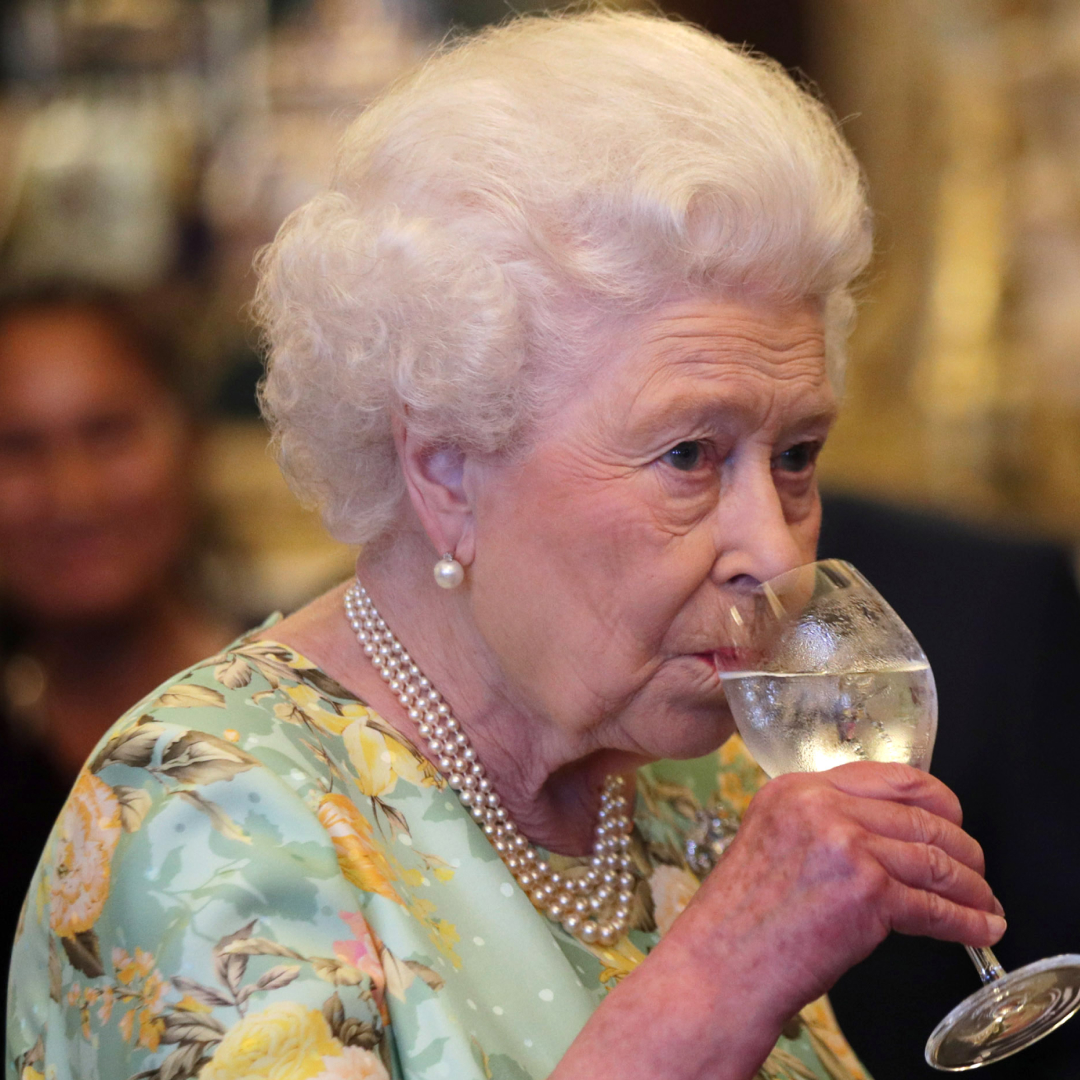
Queen Elizabeth Was Considered "Dull" by Many and Didn't "Have a Lot to Say"—But it Was a Strategic Move at Times
She said it best when she said nothing at all.
By Kristin Contino Published
-
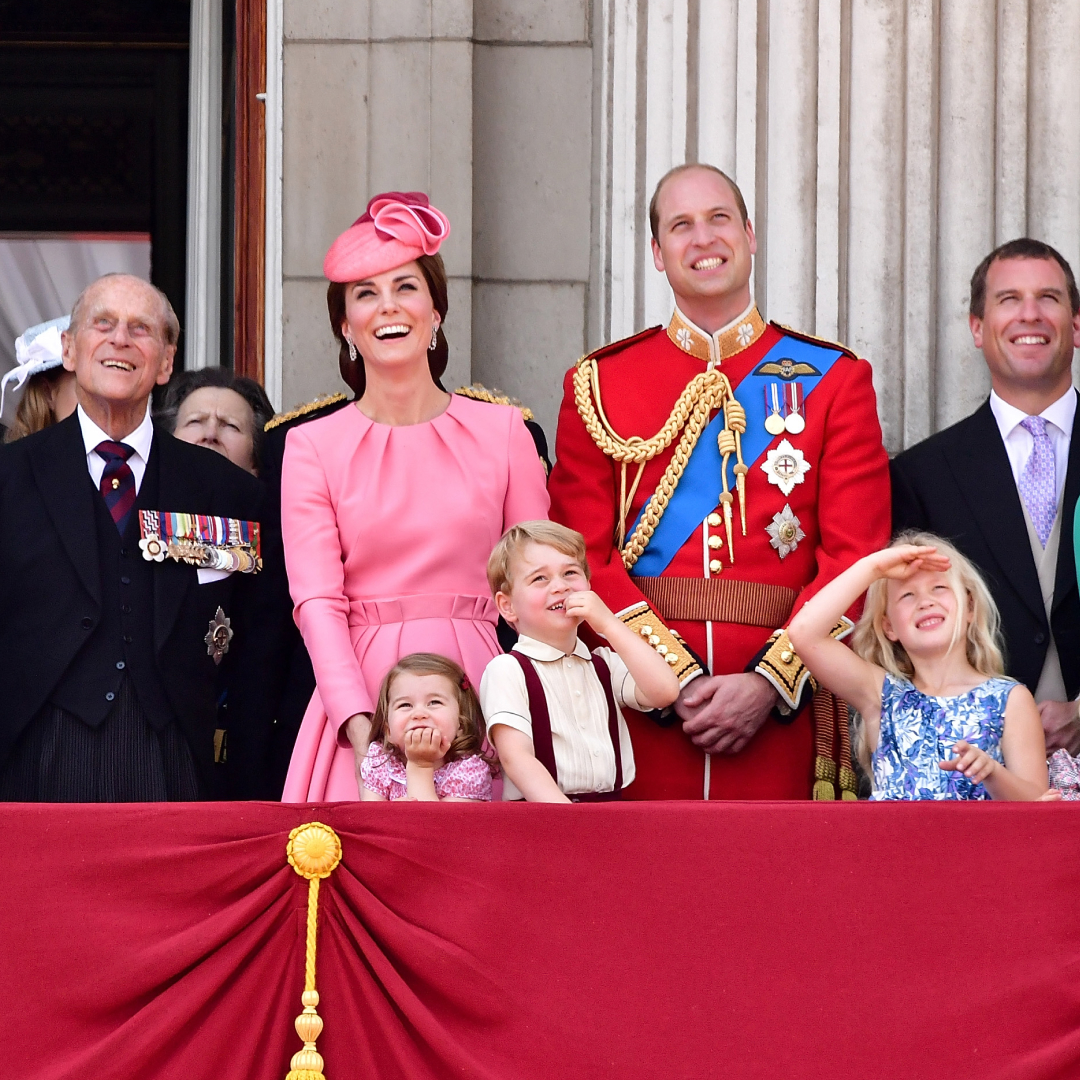
This Surprising Royal Was “The Most Popular” Among Staff
"They all love him."
By Kristin Contino Published
-

A Surprising Royal Became Known as "Boisterous Bruiser"
A royal expert described them as "often pushy, demanding, and domineering."
By Amy Mackelden Published
-
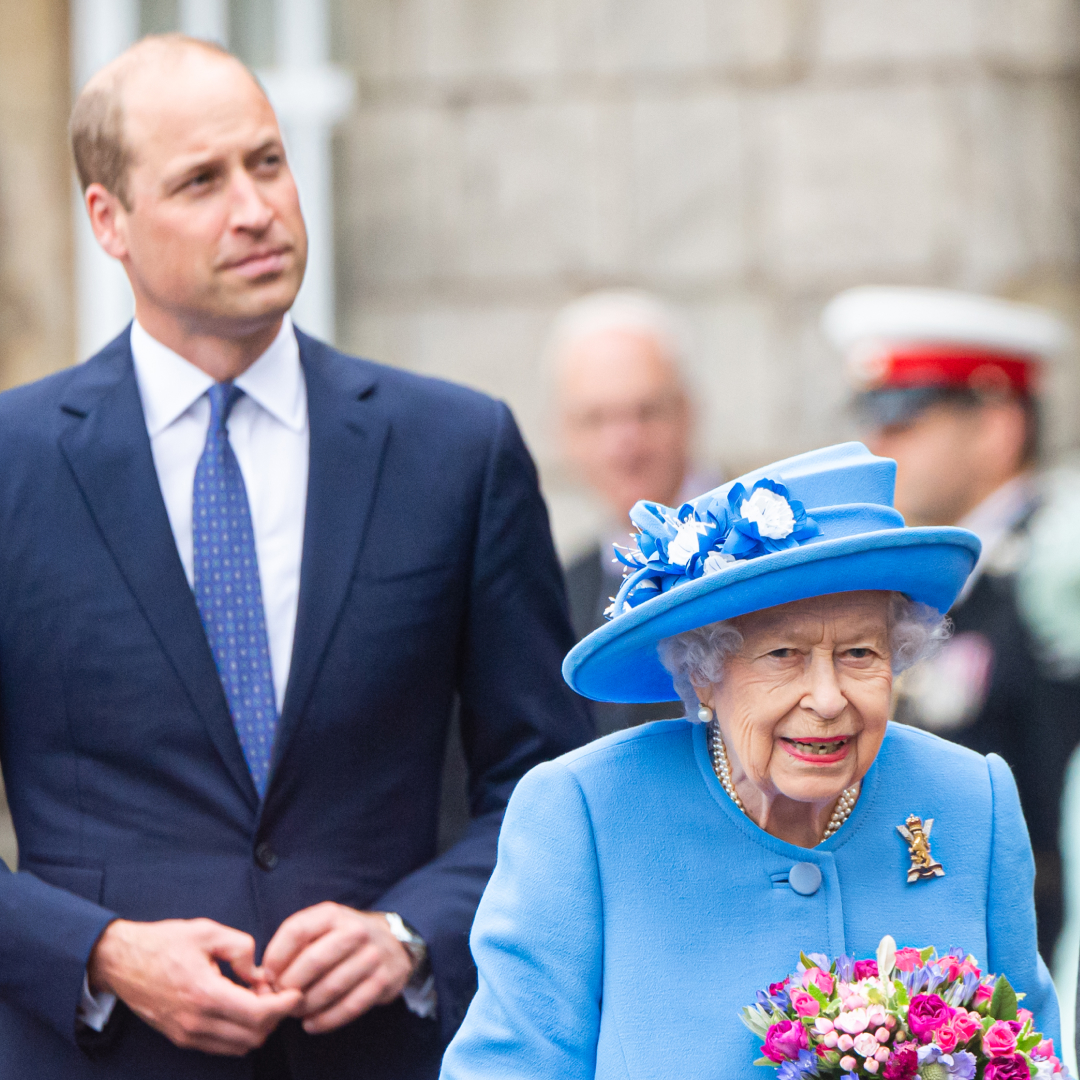
Why 109-Year-Old Woman Turned Down Meeting Queen Elizabeth
"It was fabulous."
By Amy Mackelden Published
-
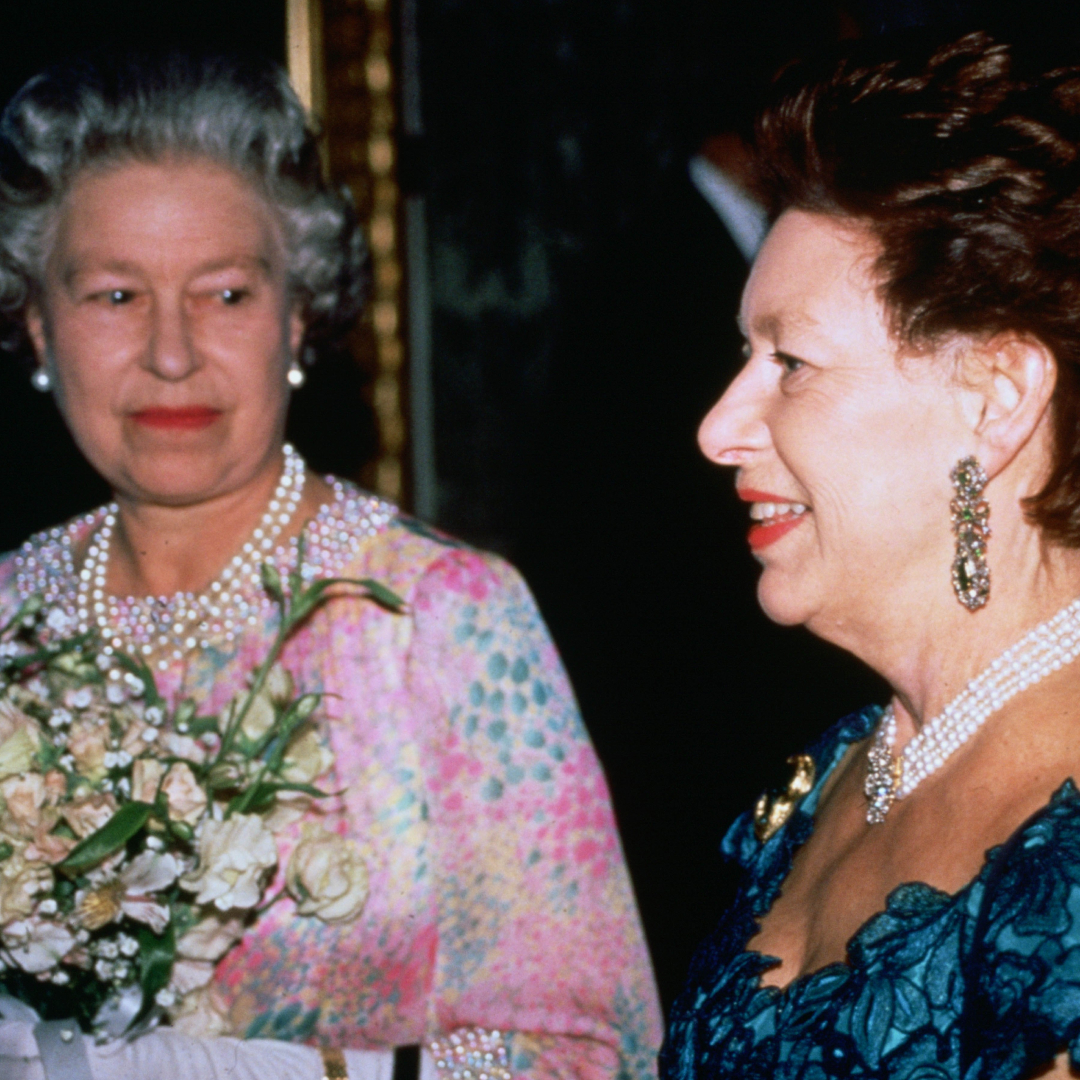
Princess Margaret Ended Up Giving Queen Elizabeth Advice After "Ironic" Role "Reversal"
"This is not how anyone could ever have seen things turning out."
By Kristin Contino Published
-
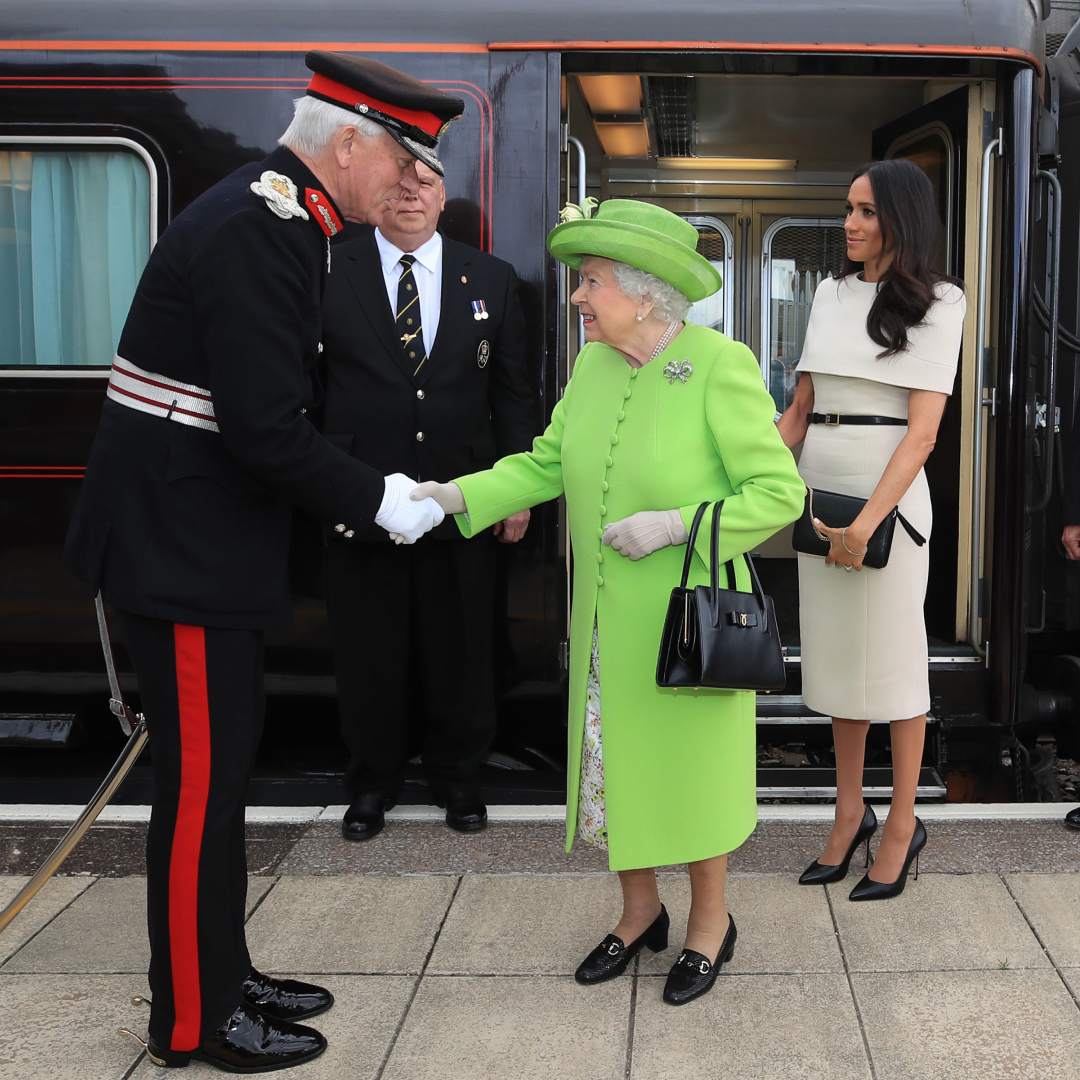
Former Butler Shares What Really Happened on the Royal Train
Grant Harrold shares some "cheeky" stories from aboard the historic locomotive.
By Kristin Contino Published
-
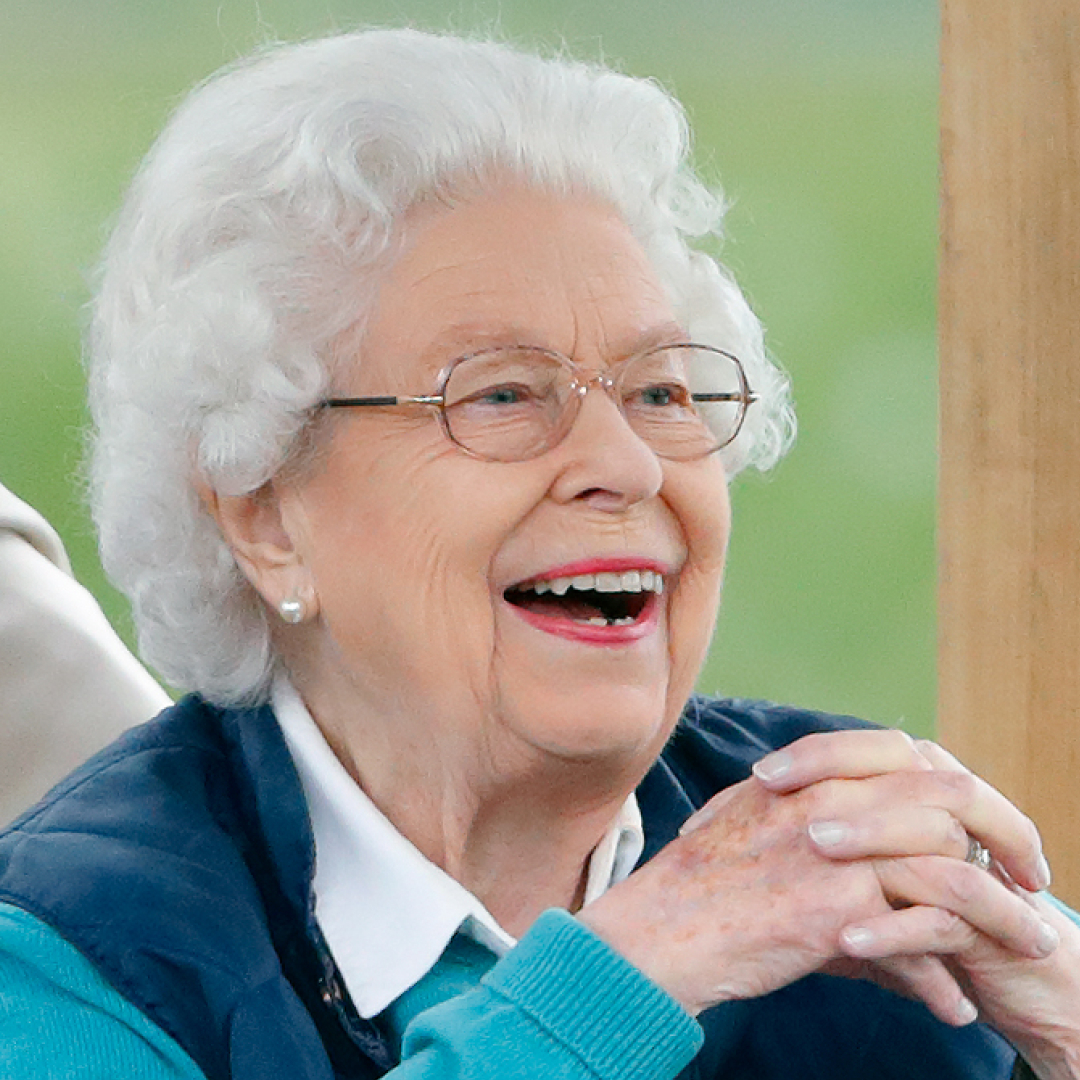
Queen Elizabeth Ditched Royal Chefs for a Normal-Person Breakfast That Will Shock You
The late monarch loved a supermarket steal.
By Kristin Contino Published
-
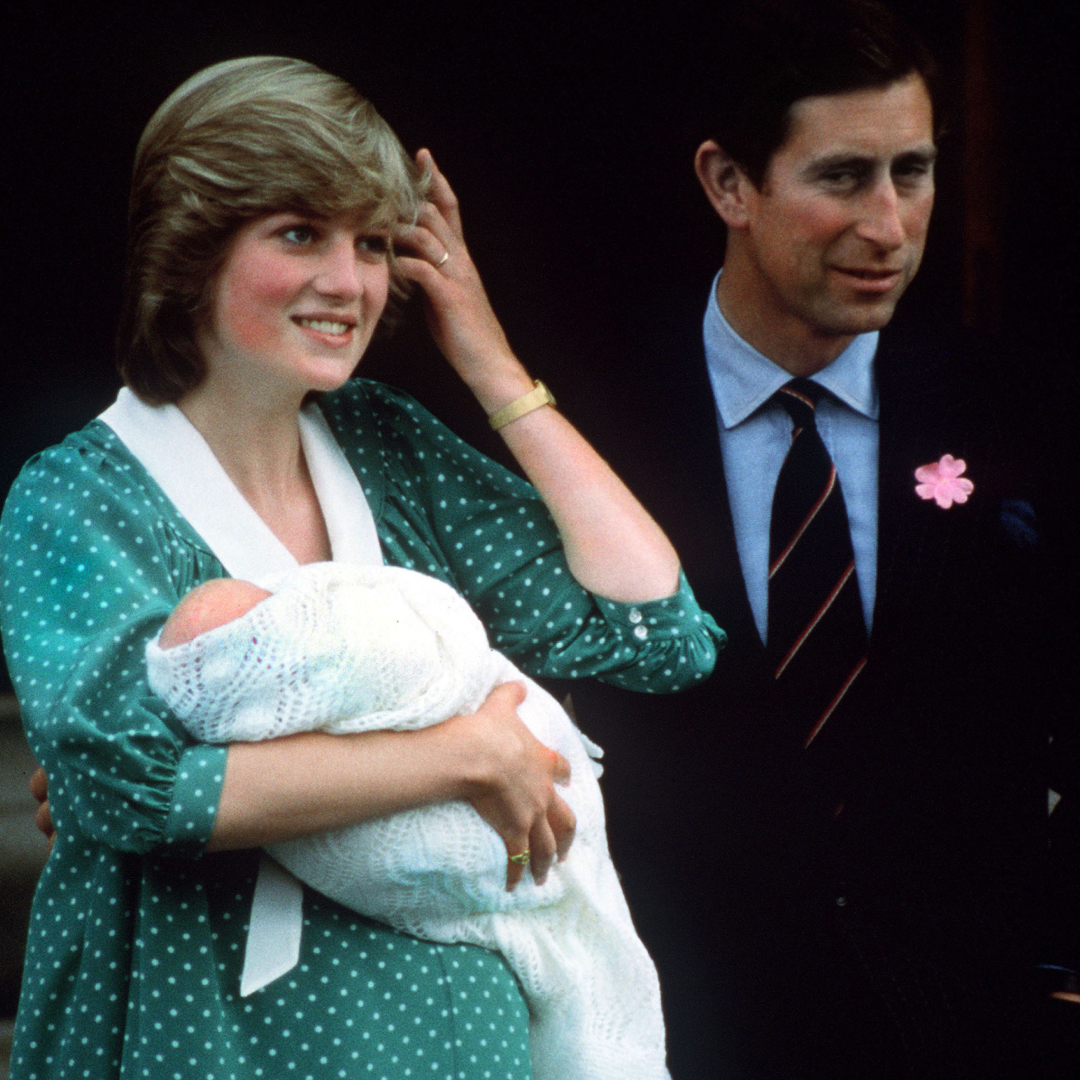
Queen Elizabeth's "Wry" Comment About Prince William
The late monarch was allegedly happy William didn't inherit one thing in particular.
By Amy Mackelden Published
-
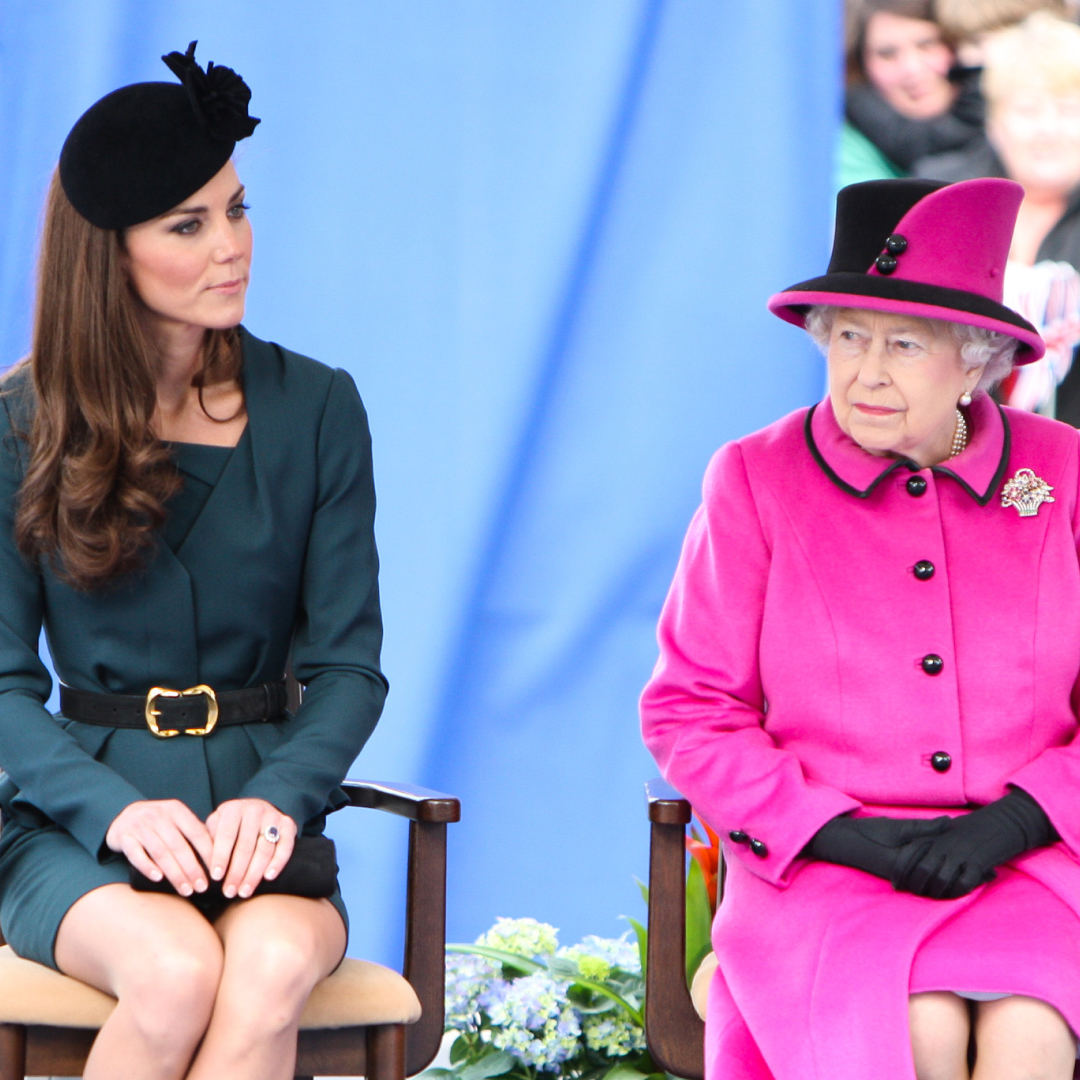
Queen Elizabeth Told Friends Kate Middleton Was a "Problem"
The late monarch allegedly had "no idea what Kate actually does."
By Amy Mackelden Published
-

The "Striking" Tribute in Camilla's Royal Ascot Outfit
"Emeralds represent rebirth, renewal, and enduring love," a jewelry expert explained.
By Amy Mackelden Published
-

The Royal Relative Who Provides the Best Ascot "Advice"
A former royal butler reveals which royal has the most luck at Ascot.
By Amy Mackelden Published
-
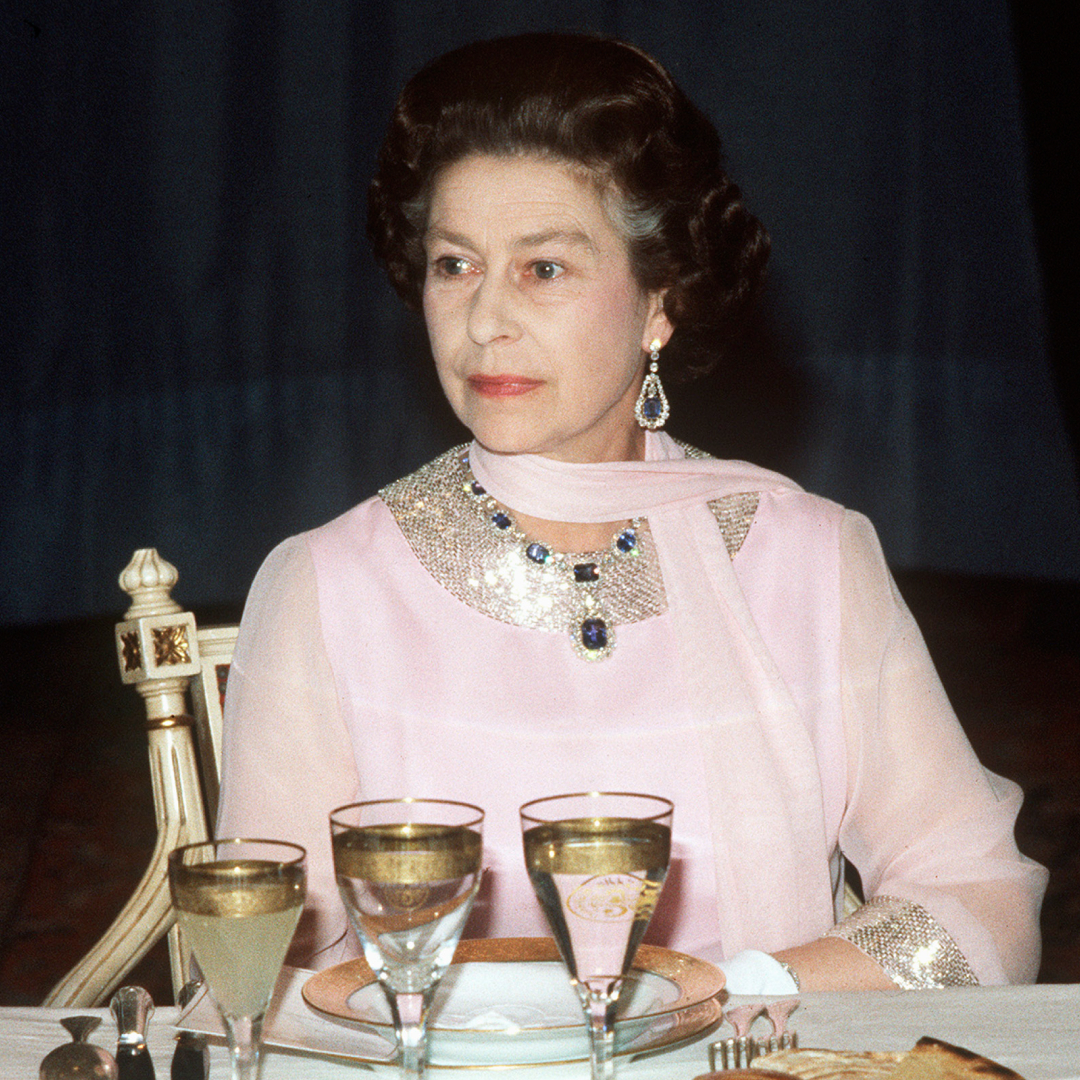
Queen Elizabeth Had a Bizarrely Posh Ritual When It Came to Eating One Fruit
As one does.
By Kristin Contino Published
-

Why King Charles Likes "Block Heels"
"It gets a bit harder to walk in heels as you get older."
By Amy Mackelden Published
-
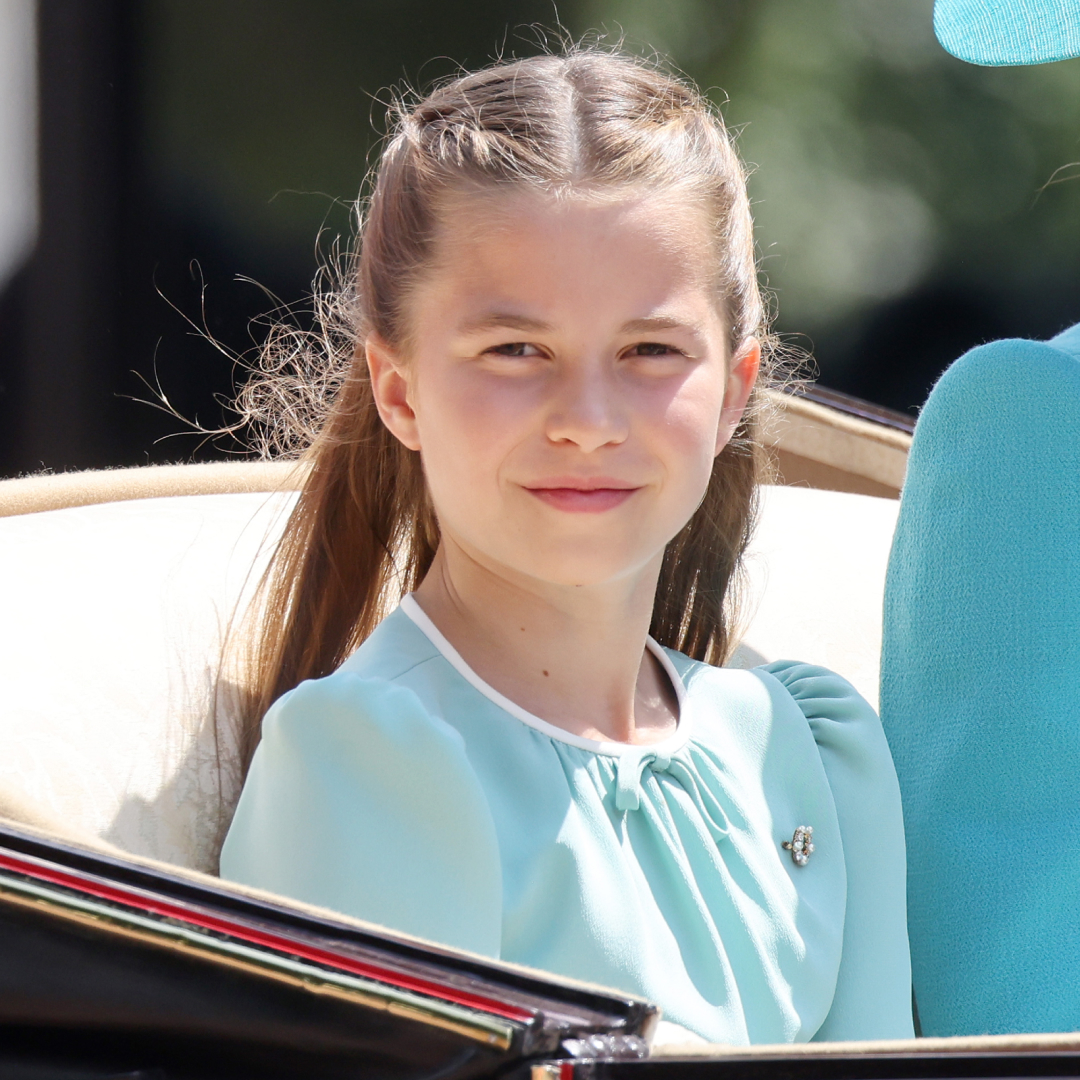
Princess Charlotte's Secret Tribute to Beloved Relative
The precious brooch was a special gift from an important person in Charlotte's life.
By Amy Mackelden Published
-
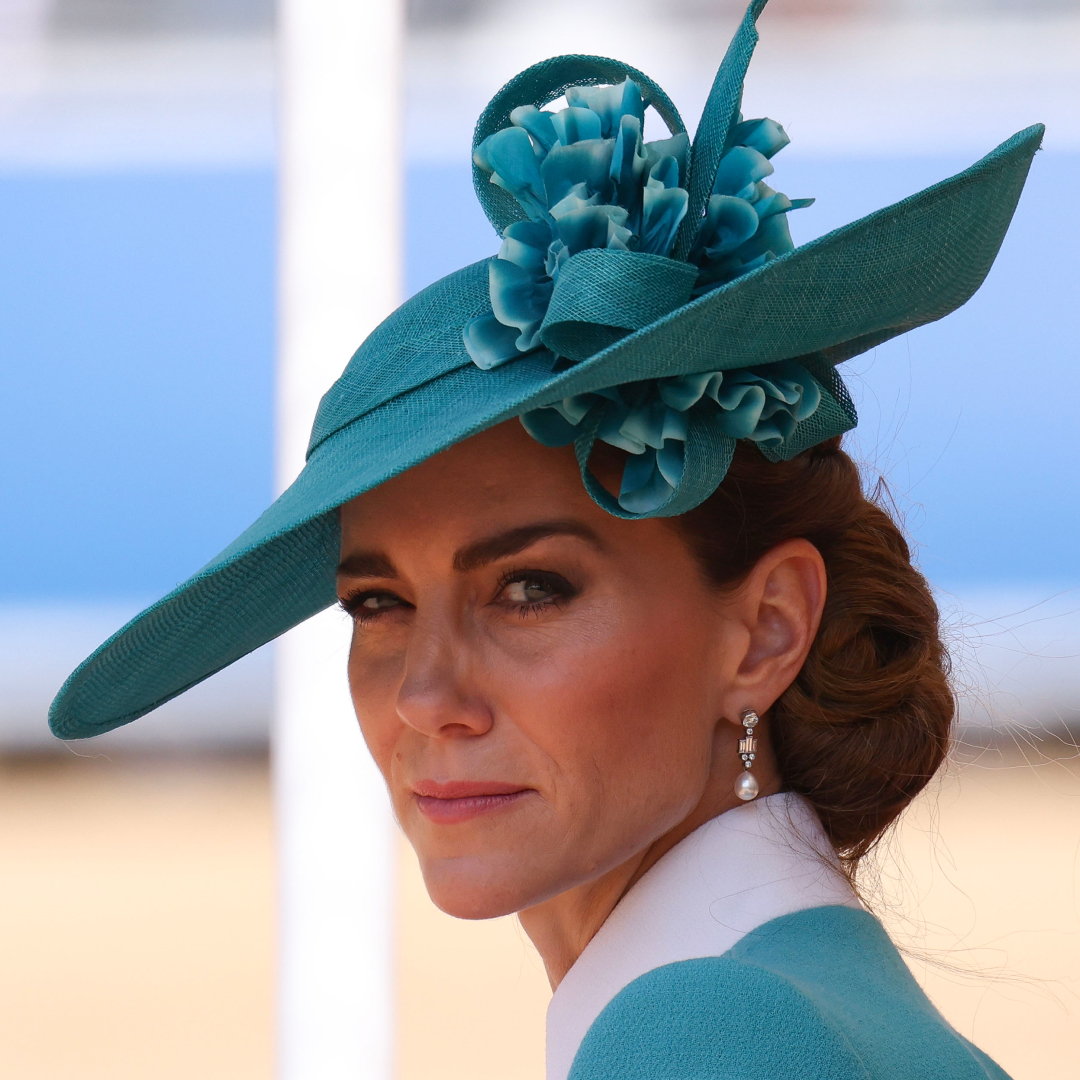
Body Language Expert Says Kate Can't "Mask Her Emotions"
"We also saw William...mirroring the same emotions as Kate."
By Amy Mackelden Published
-

Prince William Made "Cheeky" Joke About Former Queen
The Prince of Wales was speaking to 'Bad Sisters' star Anne-Marie Duff at the time.
By Amy Mackelden Published
-
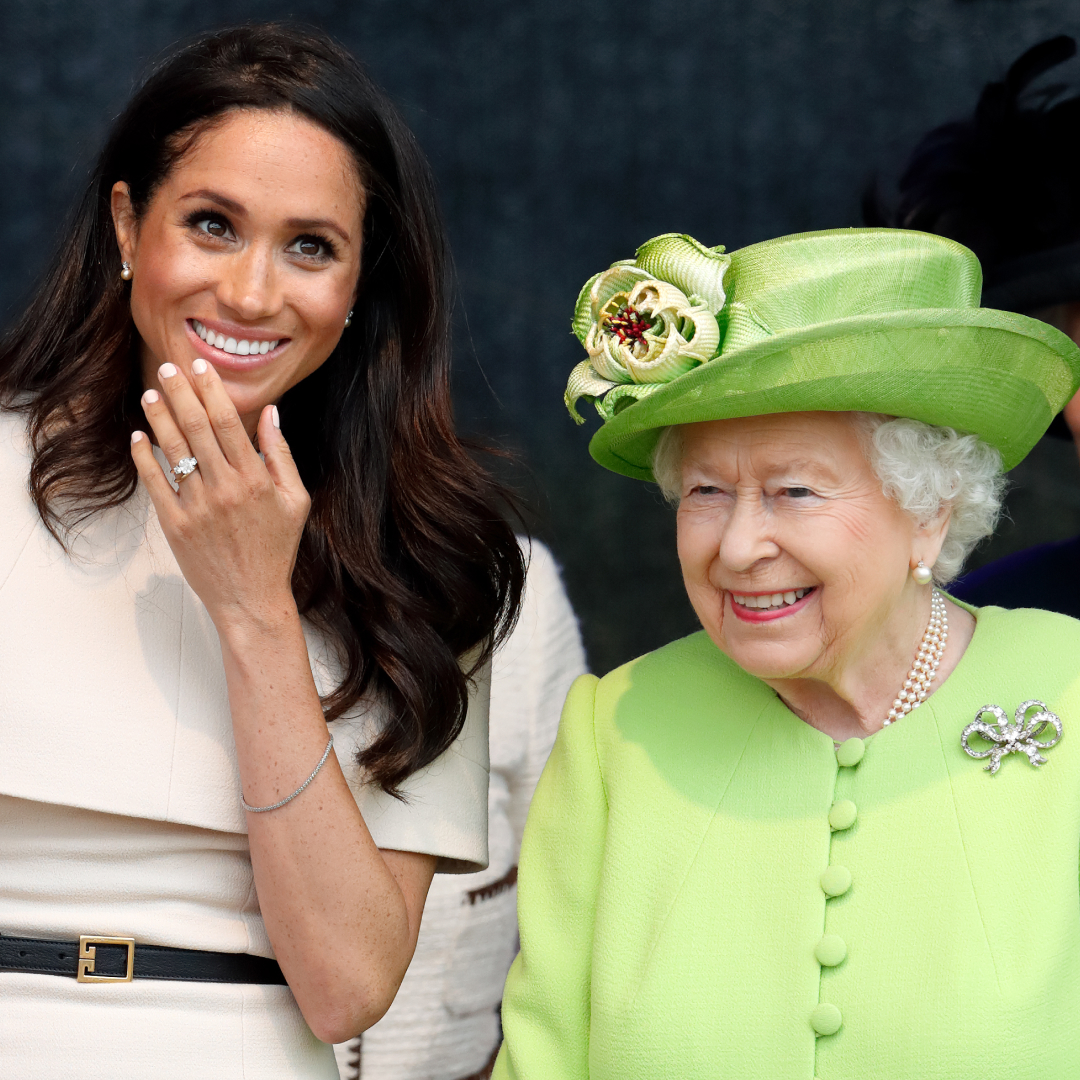
How Queen Elizabeth "Truly Embraced" Meghan Markle
"The fact that the two of them were appearing together...was quite unique."
By Amy Mackelden Published
-
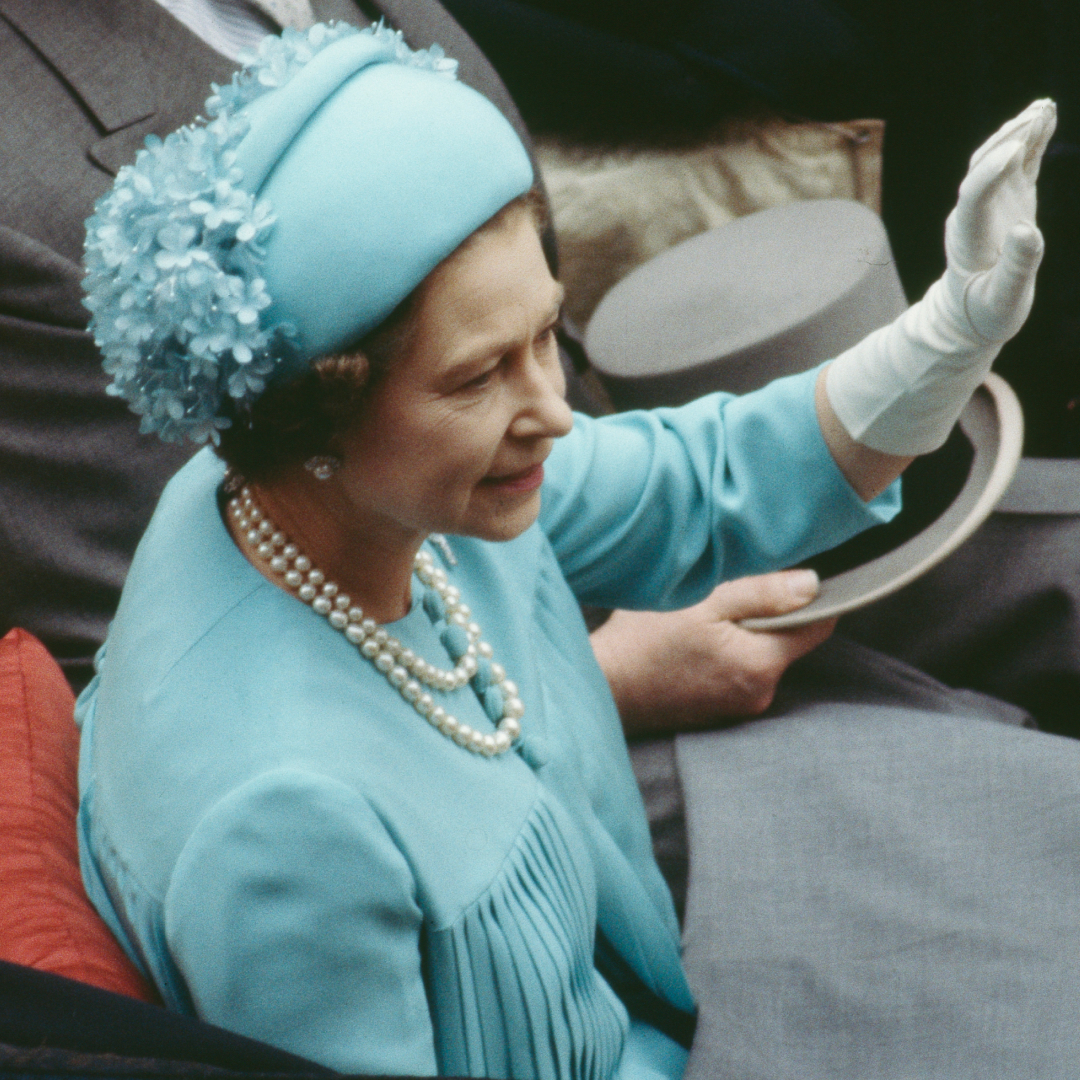
One Moment During Princess Diana and Prince Charles's Wedding Had Queen Elizabeth Calling Herself "Miss Piggy"
Who, moi?
By Kristin Contino Published
-
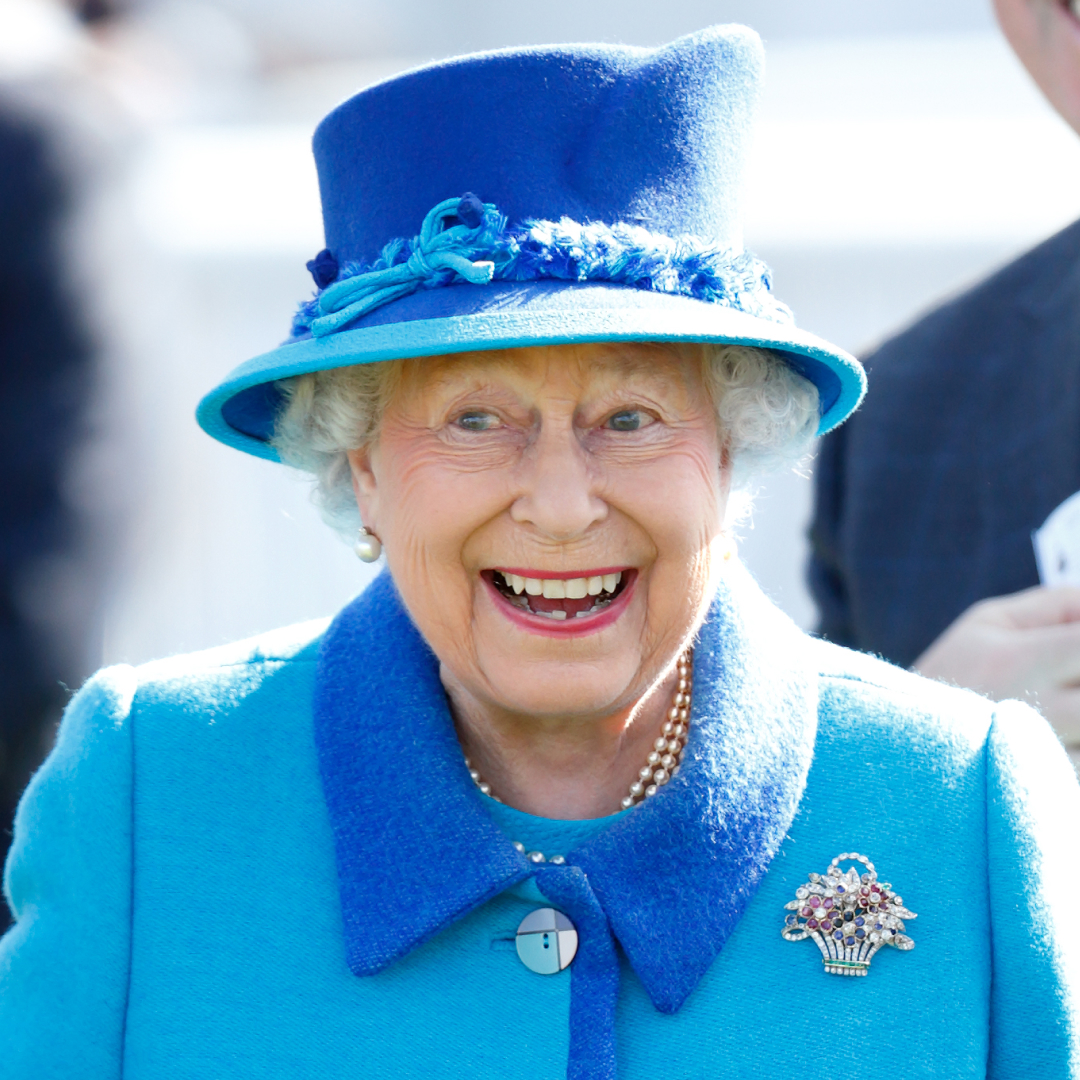
Royal Chef Reveals Why Queen Elizabeth Was "Very Frugal"
Instead of "caviar and foie gras," simple "comfort food" reigned supreme.
By Amy Mackelden Published
-

Queen Elizabeth Was "Emphatically Not Interested in Fashion"
"Nothing is left to chance," a courtier once said.
By Kristin Contino Published
-
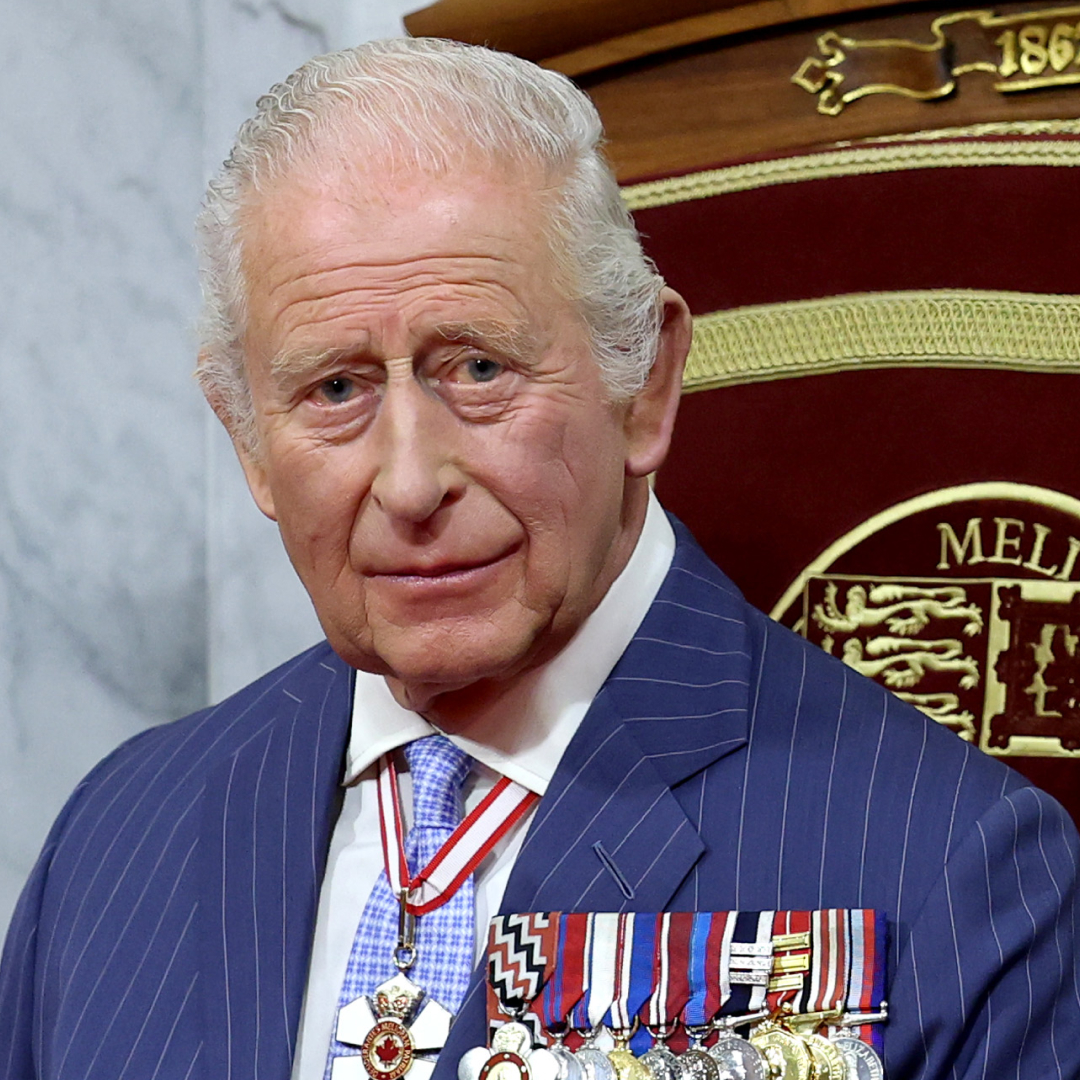
King Charles Is Set to Break Royal Tradition After News He's "Unlikely" to Follow in Queen Elizabeth's Footsteps
It will be a royal first.
By Kristin Contino Published
-
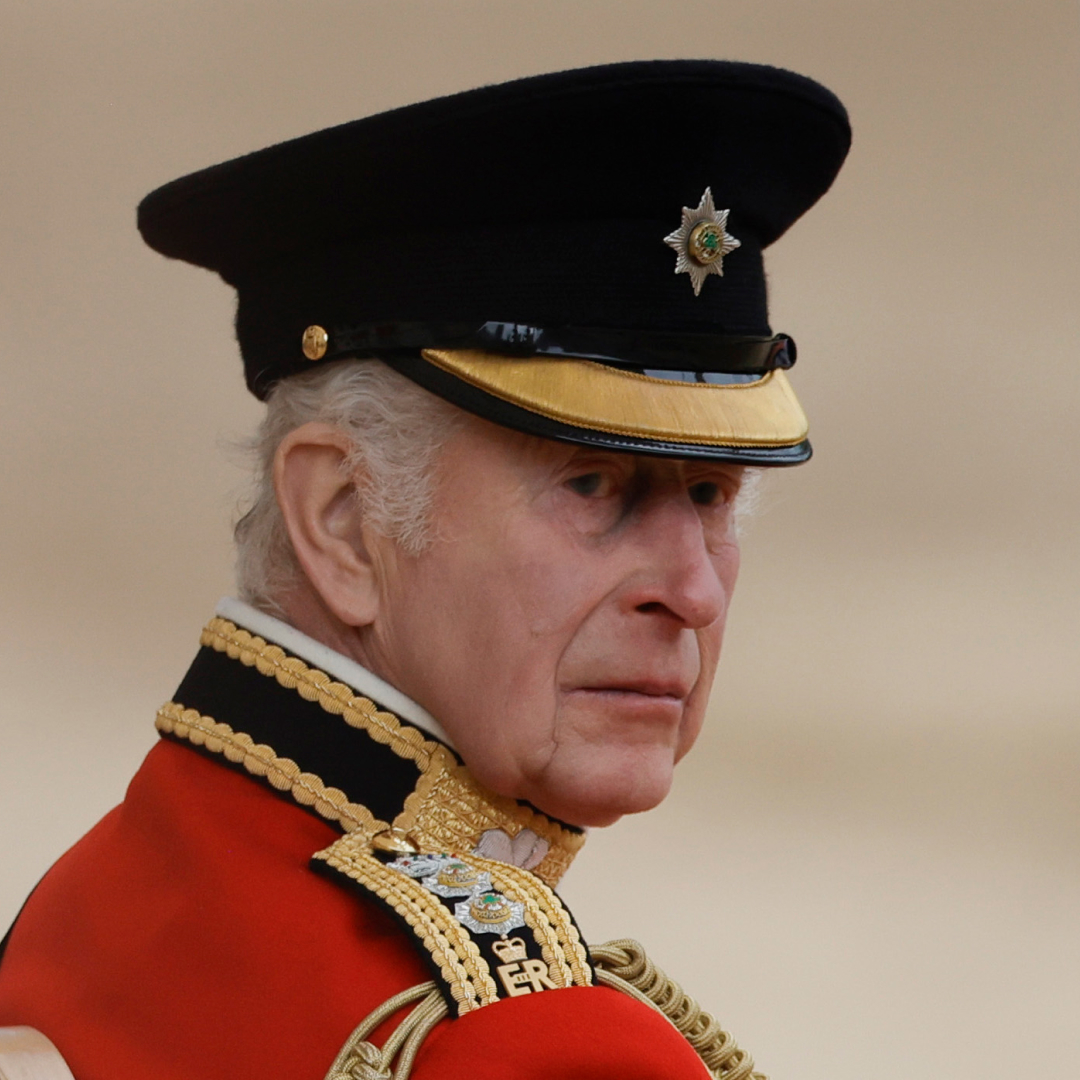
King Charles "Forced" to Skip Trooping the Colour Tradition
It's the end of an era.
By Amy Mackelden Published
-
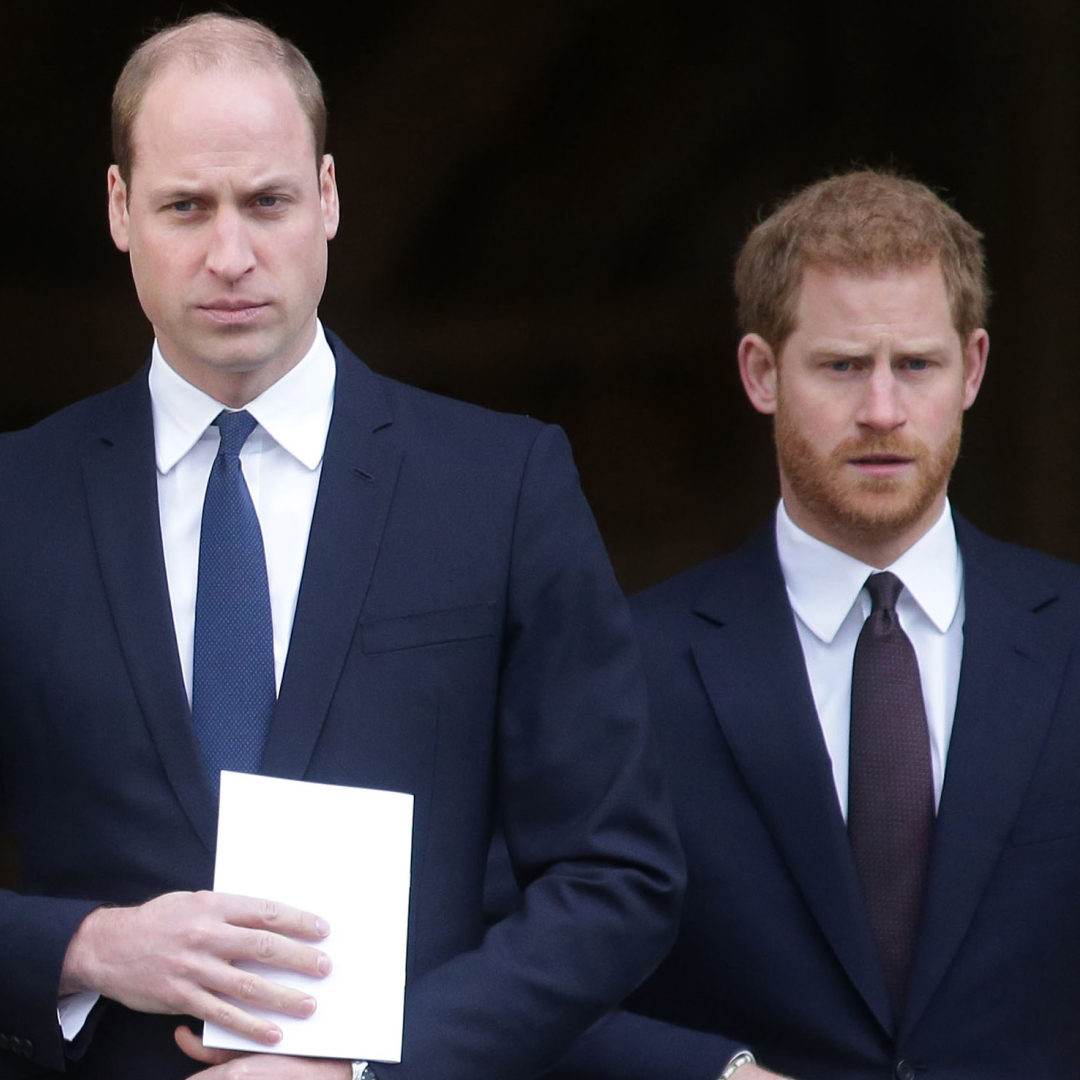
William and Harry Called Urgent "Ceasefire" After Queen Elizabeth Died
"They are better and stronger together than they are apart."
By Amy Mackelden Published
-
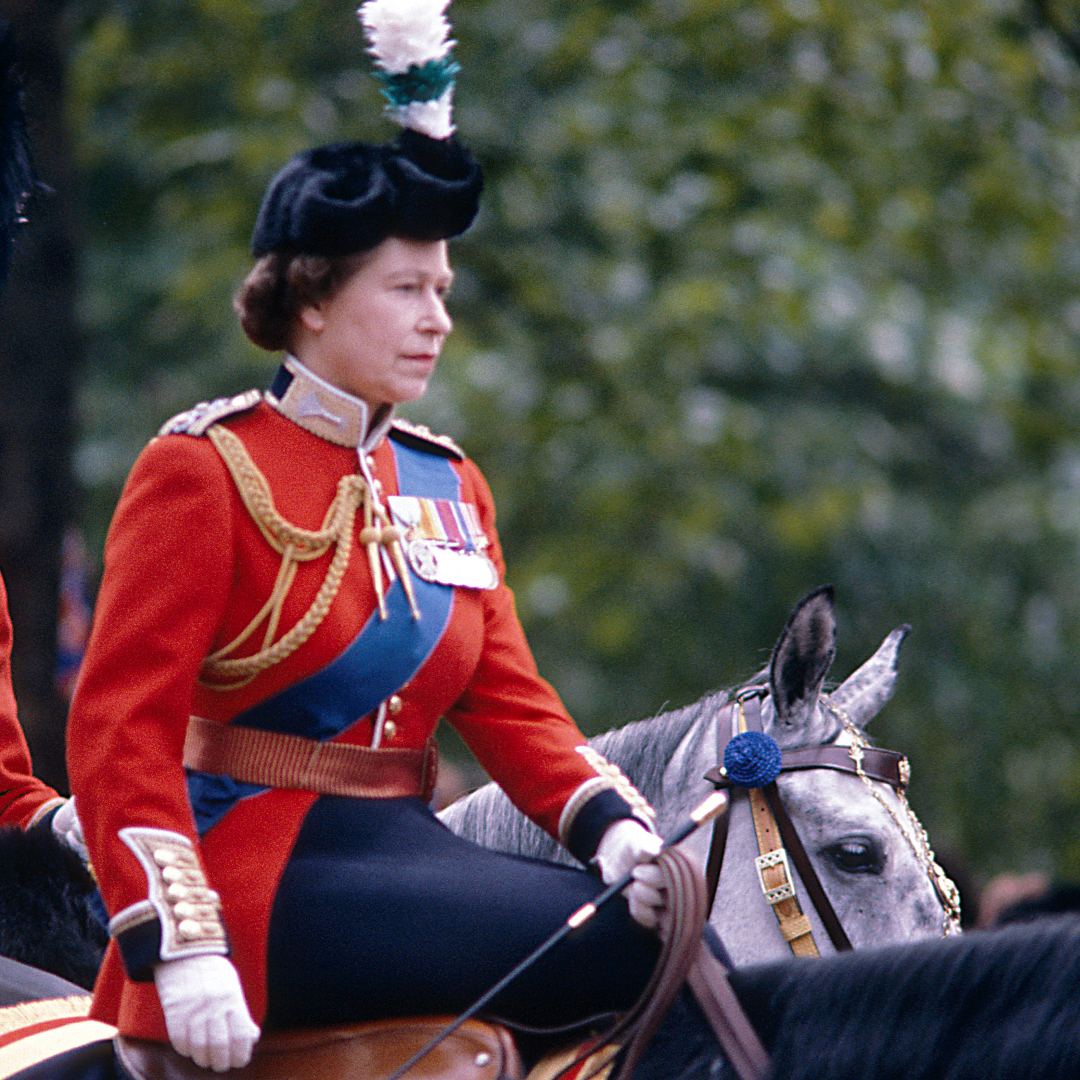
Queen Elizabeth "Dined Out On" Her Response to Terrifying Shotgun Moment
What a boss moment.
By Kristin Contino Published

